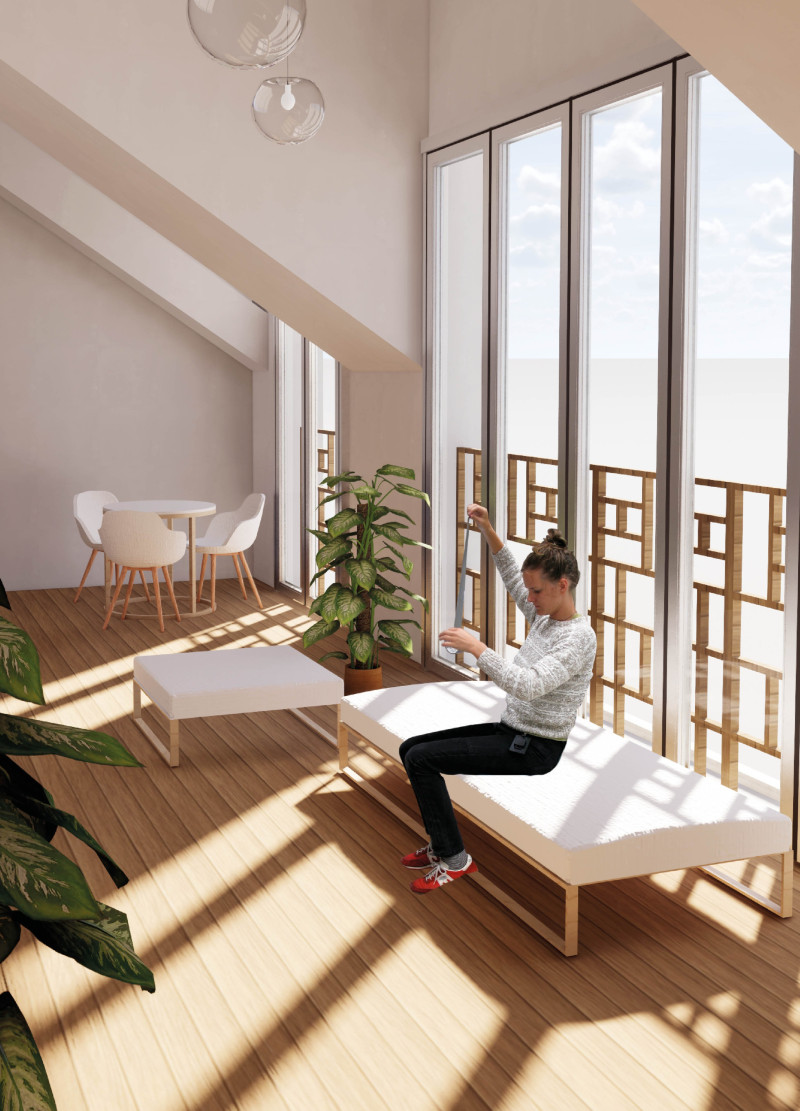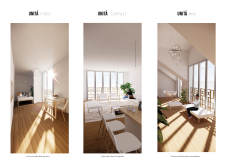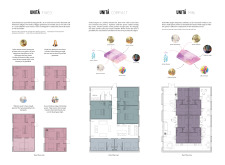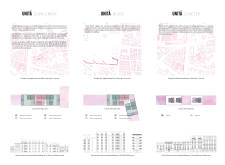5 key facts about this project
The Unitá design series offers a modern solution to the housing challenges faced in urban areas. It consists of three types of living units: Unità Fixed, Unità Compact, and Unità Mini. Each unit type is designed to cater to different resident requirements, enhancing the overall livability in a metropolitan setting. The approach focuses on creating flexible spaces that promote interaction among residents while respecting personal privacy.
Unità Fixed
Unità Fixed is dedicated to long-term housing, with each unit covering an area of 30 square meters. The design allows for adjustments, making it easy for residents to modify their living space as needed. Should more room be necessary, additional units can be added to accommodate larger families or groups. The layout supports shared living experiences, with a careful balance of communal and private areas.
Unità Compact
Unità Compact serves as a practical option for those who want their own space but also appreciate shared facilities. It features larger communal areas that can host gatherings, while private rooms are designed to be cozy and functional. Residents have the option to install mini kitchens in these rooms, adding convenience for those who may stay longer.
Unità Mini
Unità Mini focuses on temporary residents, such as students or seasonal workers. These units are smaller but fully furnished, designed for efficient living with minimal clutter. Despite their size, they include access to various shared spaces that encourage social interaction among residents. This design helps create a supportive community, even in brief stays.
The construction of the units uses cross-laminated timber, a material that allows for efficient prefabrication. This choice enhances the speed and affordability of building. Additionally, a brick facade is used, providing toughness and durability while requiring little maintenance. It helps maintain comfortable indoor temperatures throughout different seasons.
The layout of the units creates a blend of communal and private spaces, encouraging residents to engage with one another while enjoying their own private retreats. This design aims to foster a sense of community, making it possible for people from different backgrounds to coexist comfortably within the same environment. Each living space is more than just a room; it is a part of a larger community that supports both individual lifestyles and collective experiences.






















































